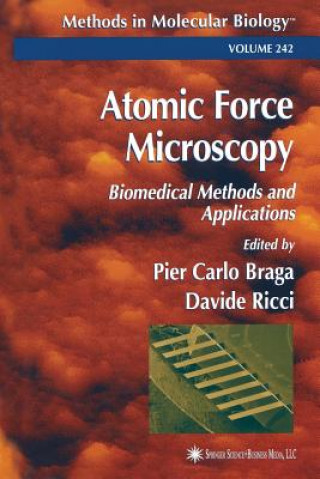
Code: 05182132
Atomic Force Microscopy
by Pier Carlo Braga, Davide Ricci
The natural, biological, medical, and related sciences would not be what they are today without the microscope. After the introduction of the optical microscope, a second breakthrough in morphostructural surface analysis occurred ... more
- Language:
 English
English - Binding: Paperback
- Number of pages: 394
Publisher: Humana Press Inc., 2013
- More about this

184.66 €

Low in stock at our supplier
Shipping in 13 - 16 days
Potřebujete více kusů?Máte-li zájem o více kusů, prověřte, prosím, nejprve dostupnost titulu na naši zákaznické podpoře.
Add to wishlist
You might also like
-
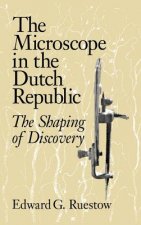
Microscope in the Dutch Republic
143.80 € -

Anna Banana
8.14 € -4 % -

7th Heaven
16.09 € -19 % -

After the Digital Divide?
140.98 € -

Plant Cell Cycle
185.76 €
Give this book as a present today
- Order book and choose Gift Order.
- We will send you book gift voucher at once. You can give it out to anyone.
- Book will be send to donee, nothing more to care about.
More about Atomic Force Microscopy
You get 464 loyalty points
 Book synopsis
Book synopsis
The natural, biological, medical, and related sciences would not be what they are today without the microscope. After the introduction of the optical microscope, a second breakthrough in morphostructural surface analysis occurred in the 1940s with the development of the scanning electron microscope (SEM), which, instead of light (i. e. , photons) and glass lenses, uses electrons and electromagnetic lenses (magnetic coils). Optical and scanning (or transmission) electron microscopes are called far-field microscopes because of the long distance between the sample and the point at which the image is obtained in comparison with the wavelengths of the photons or electrons involved. In this case, the image is a diffraction pattern and its resolution is wavelength limited. In 1986, a completely new type of microscopy was proposed, which, without the use of lenses, photons, or electrons, directly explores the sample surface by means of mechanical scanning, thus opening up unexpected possibilities for the morphostructural and mechanical analysis of biological specimens. These new scanning probe microscopes are based on the concept of near-field microscopy, which overcomes the problem of the limited diffraction-related resolution inherent in conventional microscopes. Located in the immediate vicinity of the sample itself (usually within a few nanometers), the probe records the intensity, rather than the interference signal, thus significantly improving resolution. Since the most we- known microscopes of this type operate using atomic forces, they are frequently referred to as atomic force microscopes (AFMs).
 Book details
Book details
Book category Books in English Mathematics & science Biology, life sciences Biochemistry
184.66 €
- Full title: Atomic Force Microscopy
- Subtitle: Biomedical Methods and Applications
- Author: Pier Carlo Braga, Davide Ricci
- Language:
 English
English - Binding: Paperback
- Number of pages: 394
- EAN: 9781489939319
- ISBN: 1489939318
- ID: 05182132
- Publisher: Humana Press Inc.
- Weight: 601 g
- Dimensions: 229 × 152 × 23 mm
- Date of publishing: 11. August 2013
Trending among others
-

Female Brain
17.10 € -5 % -

Cell Death Techniques: A Laboratory Manual
90.26 € -

Biochemistry, Fourth Edition International Adaptation
72.45 € -4 % -

Machinery of Life
31.89 € -17 % -

Biochemistry: A Very Short Introduction
9.15 € -25 % -
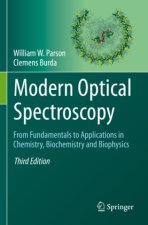
Modern Optical Spectroscopy
106.16 € -4 % -

Wilson and Walker's Principles and Techniques of Biochemistry and Molecular Biology
46.18 € -15 % -

DHEA Breakthrough
7.34 € -21 % -

Voet's Principles of Biochemistry, 5th Edition Glo bal Edition
72.05 € -7 % -

Biochemistry and Molecular Biology of Plants 2e
129.51 € -7 % -

Exercise Biochemistry
137.36 € -10 % -

Biochemistry and Molecular Biology
69.03 € -4 % -
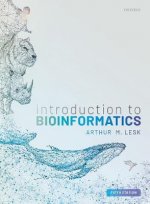
Introduction to Bioinformatics
153.66 € -

Ice Cream
102.94 € -
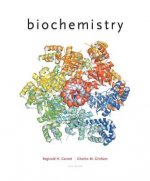
Biochemistry
106.97 € -

BIOS Instant Notes in Biochemistry
34.81 € -4 % -

Biochemistry
408.07 € -

Protein Structure and Function
92.47 € -4 % -

Medical Biochemistry Principles for Medical Students
22.63 € -

Cell: A Very Short Introduction
9.25 € -28 % -

Plant Biochemistry
124.07 € -

Environmental Soil Biology
120.75 € -

Polar Lipids
129.41 € -

Olive and Olive Oil Bioactive Constituents
129.41 € -

Integrative Biology of Women's Health
185.76 € -
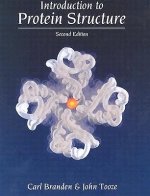
Introduction to Protein Structure
109.08 € -

Advanced Molecular Genetics
169.26 € -

Biochemistry
53.03 € -

Marks' Essentials of Medical Biochemistry
128.20 € -
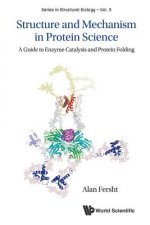
Structure And Mechanism In Protein Science: A Guide To Enzyme Catalysis And Protein Folding
89.86 € -

Sensory Evaluation of Food
84.83 € -12 % -

Pulp and Paper Industry
199.75 € -
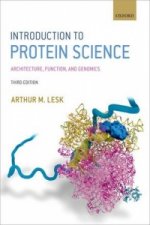
Introduction to Protein Science
77.08 € -4 % -

Schaum's Outline of Biochemistry, Third Edition
29.98 € -20 % -

Introduction to Proteins
112.20 € -4 % -

Medical Biochemistry
157.59 € -

Essentials of Glycobiology, Third Edition
191.60 € -

Case Files Biochemistry 3/E
49.10 € -

Exploring Proteins
65 € -
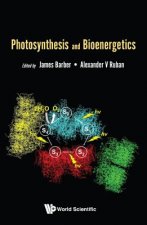
Photosynthesis And Bioenergetics
148.23 € -

Biochemistry of Lipids, Lipoproteins and Membranes
112 € -

Introduction to Bioorganic Chemistry and Chemical Biology
101.63 € -5 % -

Bioavailability, Leachability, Chemical Speciation, and Bioremediation of Heavy Metals in the Process of Composting
155.98 € -

Chemistry and Biochemistry of the Amino Acids
108.88 € -

Bioenergetics
83.22 € -4 % -

Proteomics Protocols Handbook
365.40 € -

Protein Engineering Techniques
61.28 € -

Chemistry of Life
15.09 € -18 % -

Growth Hormone Secretagogues in Clinical Practice
442.59 €
Collection points Bratislava a 2642 dalších
Copyright ©2008-24 najlacnejsie-knihy.sk All rights reservedPrivacyCookies


 15549 collection points
15549 collection points Delivery 2.99 €
Delivery 2.99 € 02/210 210 99 (8-15.30h)
02/210 210 99 (8-15.30h)